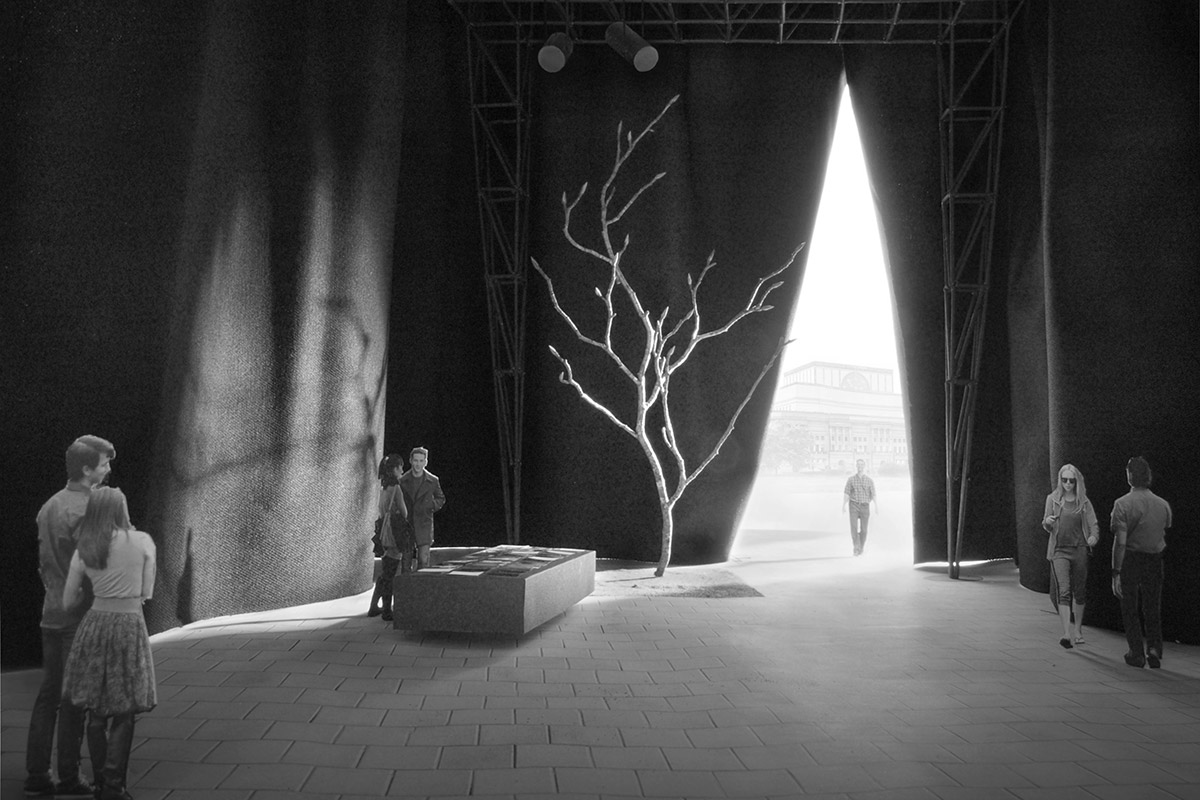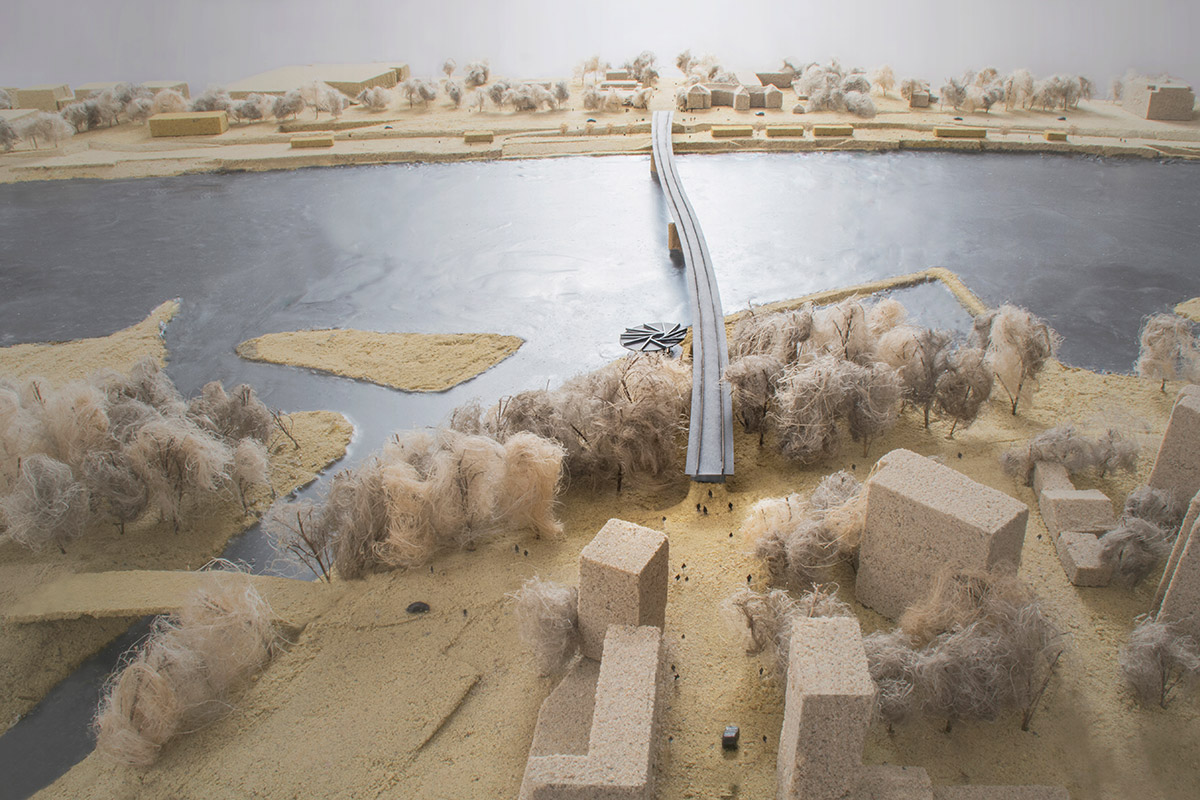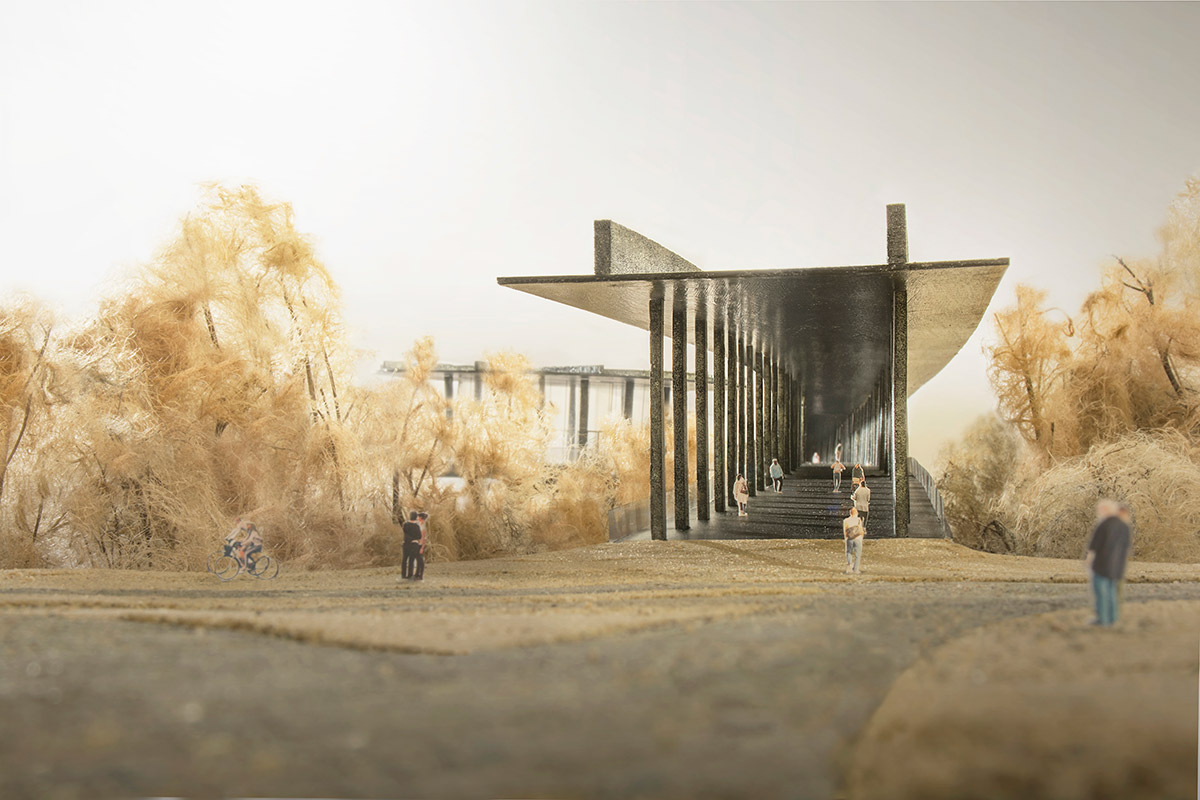20/046
Karol Żurawski
Architect
Warsaw

«I strongly believe in the importance of common sense and intuition in architecture, and try to think about how people will feel in the spaces we create.»
«I strongly believe in the importance of common sense and intuition in architecture, and try to think about how people will feel in the spaces we create.»
«I strongly believe in the importance of common sense and intuition in architecture, and try to think about how people will feel in the spaces we create.»
«I strongly believe in the importance of common sense and intuition in architecture, and try to think about how people will feel in the spaces we create.»
«I strongly believe in the importance of common sense and intuition in architecture, and try to think about how people will feel in the spaces we create.»
Please, introduce yourself and your Studio…
I am an architect living and working in Warsaw, Poland. Since 2015 I have my atelier, where I develop projects of different types and sizes. This diversity is what interests me very much. I concentrate on buildings but also love to work on a landscape scale and projects of small objects. I am very passionate about the work and believe that architecture is important and meaningful in our lives.

Karol Żurawski in the Atelier
How did you find your way into the field of Architecture?
I studied at the Warsaw University of Technology. I was lucky to meet professors who helped me to develop my own attitude towards architecture. From early years I participated in architectural contests trying to compete with professional offices. It was a good method to practice designing and define my approach while making independent decisions. It was an important forming experience. Now I encourage my students to do the same.
What comes to your mind, when you think about your diploma project?
The diploma project I did at the University was also a competition entry. The task was to design the Museum of Polish History in Warsaw. My diploma consisted also of a theoretical thesis. The title was “The meaning of degradation in perception of architecture” and it had some relation with my diploma project. The topic had interested me for a while, and I have to say, after all these years, is still important in my daily practice.
What are your experiences founding your atelier and working as a self-employed architect?
Right after finishing University, I moved to Switzerland where I started to work for Peter Zumthor. It was a deeply valuable experience. After 4 years, I decided to leave this beautiful place, as I always dreamt of my own practice. I won the first prize in a competition for a mobile pavilion for the Polish National Opera, which was the reason to come back to Warsaw.
Unfortunately, and quite unexpectedly, the client stopped the project before it started. These are the though rules of this game: it's difficult to win a competition, especially when, as in this one, there are more than 100 entries, and when you win, you are still not sure whether you will build it or not. I already moved back to Poland when the bad news arrived. I decided to stay in Warsaw anyway. Now, after 5 years, I still think it was a good decision to come back. Many good things happened to me here during this time. And, by the way, I still hope that one day the project of the mobile pavilion will return. I would love to build it.
How would you characterize Warsaw as location for practising architecture? How is the context of this place influencing your work?
It's a relatively big and vivid city. There is lots of life in it and this keeps me stimulated. As I grew up here, I feel very much connected to the place – in an emotional way. But if it's about the building industry in Warsaw, my feelings are different. I look around and see the constant rapid production of new buildings. But most of them are, let's say, not so much interesting architecturally to me. Work-wise I prefer to stay aside from it all, that rush and speculation. I try to concentrate on developing my projects at my own pace and the way I feel it can bring valuable results.
What does your desk/working space look like?
I like to have everything well-ordered around me when I work. But this is never this kind of rigid, sterile order. It's a relaxed one, as it is more fertile for me. My working space is pretty good externalization of what's inside me, what is on my mind at a moment. In my atelier, I am surrounded by many things that are related to the current projects, but also to the things that move or inspire me. There are drawings, photos, materials, prototypes, and models.
The atelier is full of objects that we work on – mostly of working models that are constantly under construction and in development. We build lots of them in different materials and with different scales: from the context scale, checking how our proposal of a building will change its surrounding, up to the scale of detail. There is never enough space for all the models we would like to have at the same time in the atelier. I dream of a bigger space that will increase the comfort of our work.
Your thoughts on Architecture and Society?
As I wrote in the beginning I believe that architecture is important and meaningful. It has a great impact on people's lives. You design a house in which a person will live for dozens of years. Her or his well-being depends on your work during this time. Comparing to the length of a life of a building, designing takes a relatively short time, but it's a very responsible task, so you should take all the time needed to create valuable spaces. Time and hurry is not the right advisor to do it well, though money-wise it would be better to do it quickly, some say. I would say that there is a strong relationship between the time you take to design and its effect. It's hard to skip it.
The other important issue is that you never build solely a house for a single client. Even a single-family house is raised, in a way, for the whole society, because every house changes it's surrounding irrevocably. So in fact we never design a house, we always design the whole landscape.
How is the relation between theory and practice?
Architecture is a complex discipline. I am teaching architecture at the Warsaw University of Technology, and I am interested in theory, as it helps to understand what is a valuable design. It's worth searching for this truth, but to be honest it's been a while since I stopped to trust theories confidently claiming to embrace the essence of good architecture in a set of some simple rules.

Educational pavilion in Warsaw
I am also very allergic to creating abstract architectural concepts that have very little to do with how people, in general, perceive architecture. I strongly believe in the importance of common sense and intuition in architecture, and try to think about how people will feel in the spaces we create.
Project
Pedestrial Bridge
Warsaw
Our proposal for the bridge that will connect two non-axial streets in the city centre of Warsaw reminds of an arcade passage. It gives a sense of enclosure and spatial safety while crossing a 400-meters wide Vistula river. The roof protects people from rain, snow, and sun. The arcade is an effect of both using the vierendeel steel structure that has vertical columns carrying forces and the structural roof. Next to the bridge, we planned a viewing platform with a panoramic café. We wanted our bridge to be not only a traffic route but also to become a place, where one could stop and experience the beautiful view of the river and the city.
Client: City of Warsaw
Project Type: Competition Entry
Atelier Team: Kacper Karpiński, Karol Perkowski, Karol Żurawski
Collaboration: Structural Engineer Thomas Ekwall
Website: http://karolzurawski.com
Instagram: @karol_zurawski_atelier
Facebook: @karolzurawskiatelier
Images: © Karol Żurawski
Interview: kntxtr, kb, 11/2020










